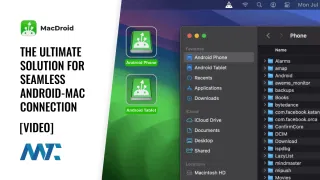A distributed file system protocol that allows computers to access files over a network as if they were stored locally. It was originally developed by Sun Microsystems in 1984 and has since become a widely adopted standard for network-based file sharing.
How It Works
NFS operates on a client-server model. A server stores files and makes them available to clients, which can then read, write, and execute those files as though they were on their own machines. This transparency streamlines workflows in networked environments, allowing for shared access to files without the need to duplicate them across systems.
Key Features
- Transparency: Users and applications interact with files without needing to know they are located on a remote machine.
- Cross-platform support: NFS has been implemented across various platforms, including UNIX, Linux, macOS, and Windows, enabling mixed environments to share data.
- Scalability: It supports everything from small office networks to enterprise-scale infrastructures.
- Security and control: With modern versions, NFS can enforce authentication, encryption, and fine-grained access permissions.
NFS is commonly used in enterprises, universities, and research facilities where centralized data storage is required. Examples include:
- Hosting home directories for users across multiple workstations.
- Sharing application binaries and libraries in a consistent environment.
- Managing large-scale data sets in scientific and technical computing.
By enabling file sharing across different systems, NFS reduces redundancy, improves collaboration, and simplifies system administration. It remains a foundational technology in networked computing and continues to evolve for modern cloud and virtualized environments.
